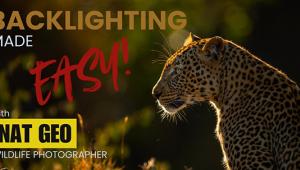The Olympus E-3; A Pro-Caliber 10Mp D-SLR Page 2
A 5 fps drive speed is fast enough for all but pro sports photography, in my estimation. When using a Lexar Pro 300x UDMA card, I was able to shoot 40 large/fine JPEGs in a burst before the framing rate slowed to about 4 fps; the camera kept firing until the card was full. Testing with numerous photographers would be required for a full evaluation of the Image Stabilizer system, but it is certainly very effective. During night photography, I was able to get many sharp images at 1/4 sec when using a 50mm equivalent focal length or at 1/60 sec at the 400mm equivalent of a telephoto zoom. If you're particularly steady, you should get even more impressive results.
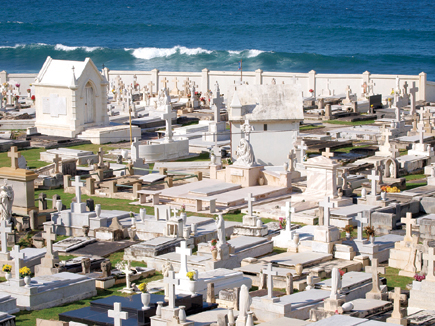 |
|
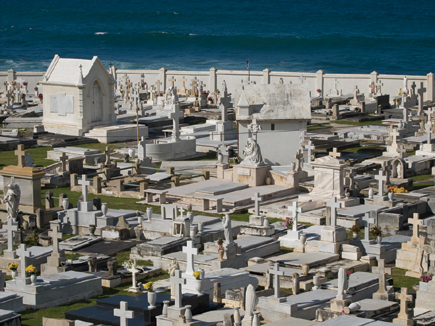 |
|
|
Live View Technology
Employing the same Live View technology as the EVOLT E-510, the E-3 also allows
for an accurate evaluation of white balance, exposure, depth of field, and Image
Stabilizer effectiveness. Even in low light the preview image is quite bright
and crisp. Manual focusing is the ideal choice in Live View, with up to 10x
magnification to check for critical focus, valuable especially in "macro"
photography.
Autofocus can be activated, too, by pressing the AE-L/AF-L button. The 11 AF
points are then displayed on the screen and they light up as they do in the
optical viewfinder; shooting data and a grid pattern can also be overlaid. For
autofocus operation, the camera must move the reflex mirror down; that interrupts
the live preview but only for an instant. There's more shutter lag with
autofocus in Live View but it's still fast enough for most static subjects.
When you decide to take a photo, the monitor goes dark again for about 1 second.
This is all typical with any Live View system in cameras that employ the conventional
phase-detection AF technology.
 |
|
|
Evaluation: Live View is not as simple and quick as it is
with compact digicams, but it can be convenient, especially when using the articulated
LCD monitor in high- or low-level shooting. The Nikon D300 and Lumix DMC-L10
provide a second AF option, using contrast-detection technology that allows
for autofocus without lowering the reflex mirror. That feature (not available
with the E-3) maintains a constant live preview but in my tests of the DMC-L10,
focusing time increased to almost a 1/2 second.
Studio photographers might appreciate Live View if the E-3 could provide a preview
image on a large computer monitor. While tethered operation is certainly possible
when using the optional Studio 2.1 software, the camera's connecting cable
system cannot transmit a live view image to a computer.
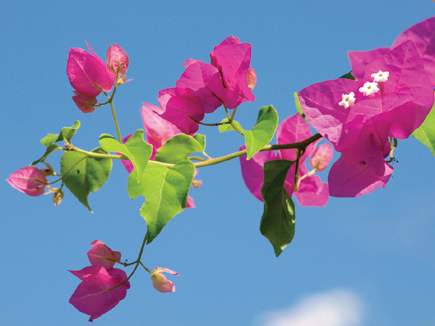 |
|
|
The ability to quickly preview the effects of any white balance or exposure override is a real bonus, making it easy to get just the right effects every time. The LCD image is bright in most conditions. In dark cathedrals, I activated Live View Boost (gain-up) for a brighter display. The preview changed to monochrome in really dark locations but Live View was helpful in surprisingly dim conditions, making it useful for low-light photography.
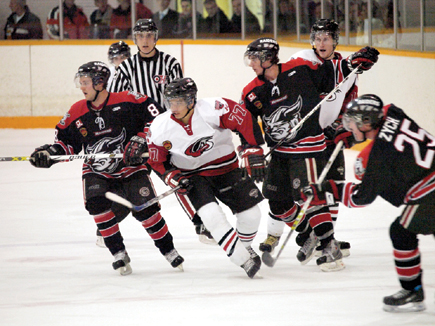 |
|
|
Performance And Image Quality
During the test period, I made hundreds of images in Puerto Rico and during
events closer to home to test reliability, speed, and image quality. Start up
took about a 1/2 sec and the camera responded instantly to any photo op. Autofocus
was very quick with an older Zuiko 14-42mm f/3.5-5.6 zoom and lightning fast
with the new 12-60mm f/2.8-4 SWD (Supersonic Wave Drive) lens. While shooting
an indoor equestrian event and a hockey game with the new Zuiko 50-200mm f/2.8-3.5
SWD zoom, AF remained highly reliable. Particularly with an (ultrasonic) SWD
lens, the E-3 is absolutely first-rate in all aspects of AF performance, making
this system a fine choice for action photographers.
This camera provides four Picture Style modes plus various monochrome effects
and an unusually wide range of overrides. These allow for modifying every imaginable
aspect of an image. For the sake of consistency, I conducted initial testing
with largest/finest JPEG capture using the default settings in Natural Picture
Style mode. Later, I began to experiment with other options such as monochrome
with various filters, gradation control, contrast, sharpness, saturation, and
noise reduction adjustment, as well as raw capture, plus the many exposure and
white balance options.
 |
|
|
- Log in or register to post comments



















